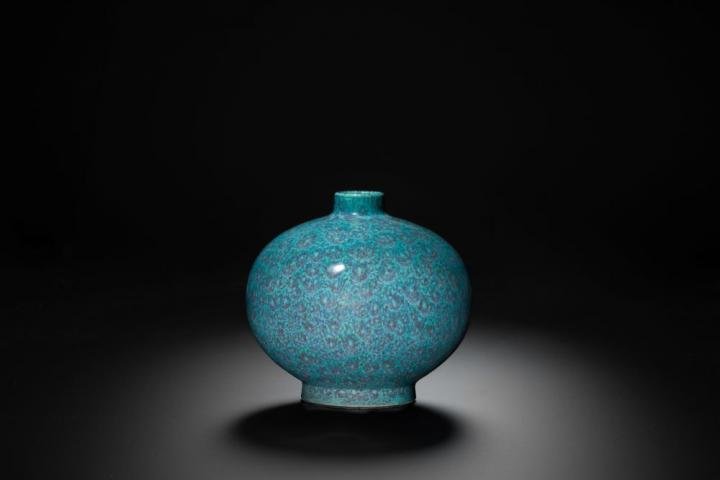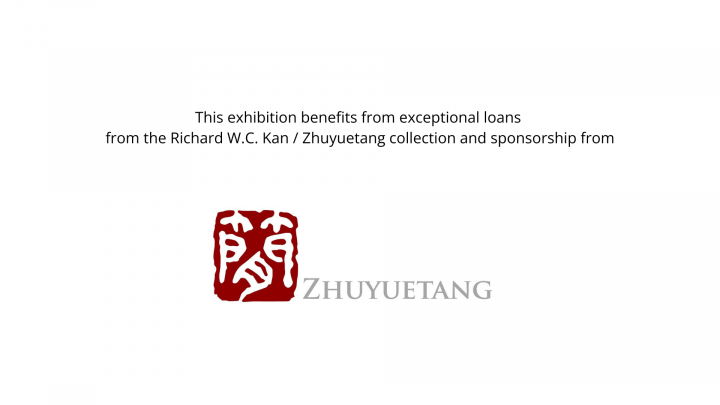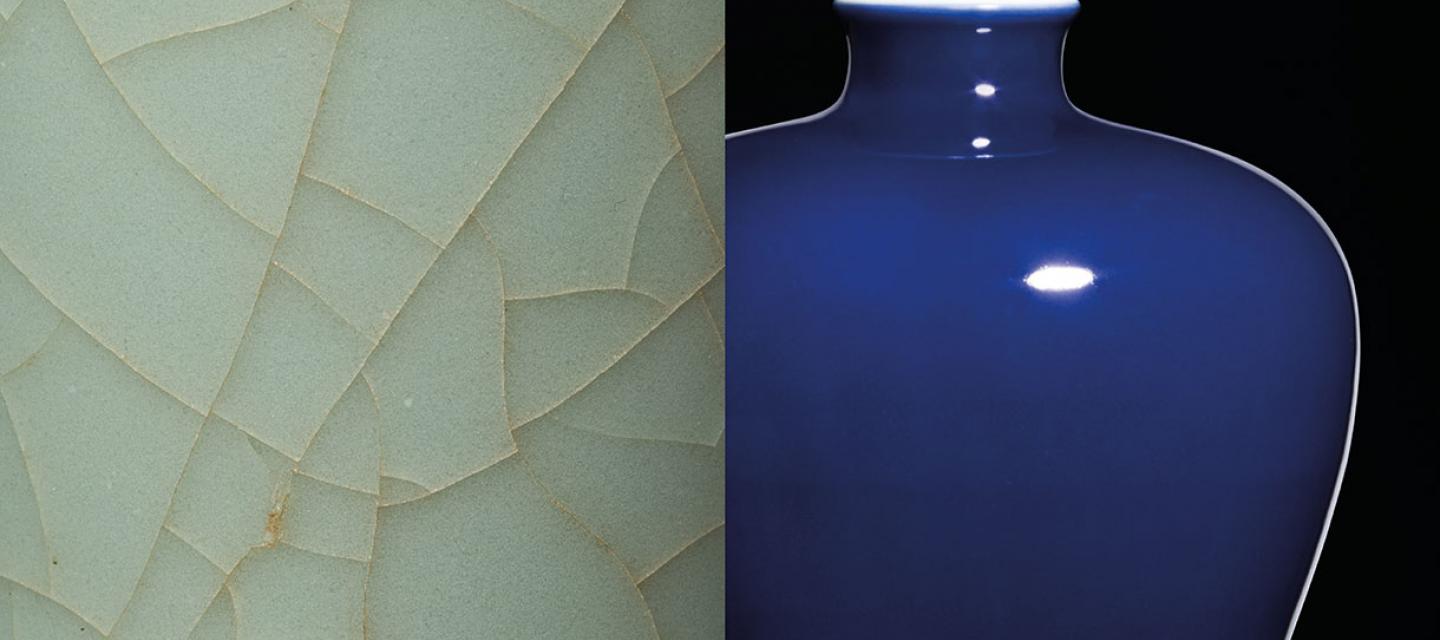The exhibition Unblemished colours is a highlight of the Guimet museum’s summer programme. It retraces the long history of Chinese earthenware and Grand Feu colours from the 8th to 18th century. Bringing together nearly 300 masterpieces from Richard Kan’s (Hong Kong) Zhuyuetang collection and the Guimet collection, this exhibit illustrates China’s taste for formal simplicity and pure colour, perfected throughout the centuries. In their infinite quest for purity and the perfect form and colour, the potters of China created unique pieces with an extraordinarily refined aesthetic, which are presented in this exhibition.
The purity of the kaolin, or ‘china clay’, which becomes immaculate white when fired at high temperature, has contributed to the international recognition that porcelain enjoys today. The quality of Chinese production reached its height in the late 18th century, and European courts were fascinated by the mystery emanated by these wares.
With their single-colour glaze, monochrome ceramics are the finest expression of Chinese potters’ craftsmanship: they require both pure materials and an absolute mastery of both the technique and firing. Despite the limited number of pigments which could resist high-temperature firing, Chinese potters continually developed new colours to satisfy emperors and intellectuals, and to meet the high level of perfection required for use in rituals.

Photo (C) RMN-Grand Palais (MNAAG, Paris) / Richard Lambert
Verseuse à réchauffer l'alcool Porcelaine, ancienne collection Ernest Grandidier, G5119
The wares are beautifully presented in nine distinct sections, each representing a colour (white, celadon, green and turquoise, blue, black and aubergine, red, yellow, brown, imitation of natural colours and rainbow).The exhibit evokes the cultural and symbolic connotations of each colour and the techniques used in production. The visitor is guided along their journey by a selection of poems illustrating some of the profound emotions that the Chinese felt when considering the perfection of these creations.

© Richard W.C. Kan’s Zhuyuetang collection / photo Barry Lui
In addition to ceramic masterpieces, the exhibit features a rare, 7-metre-long illustrated album dating back to the 18th century, exceptionally on loan from the Rennes Museum of Fine Arts. This album retraces the ceramic production process at the imperial kilns of Jingdezhen, China’s porcelain capital.
In addition, multimedia animations will take the visitor “into” Chinese porcelain, among the particles of glass, with a microscopic journey into the material.
With the support of






